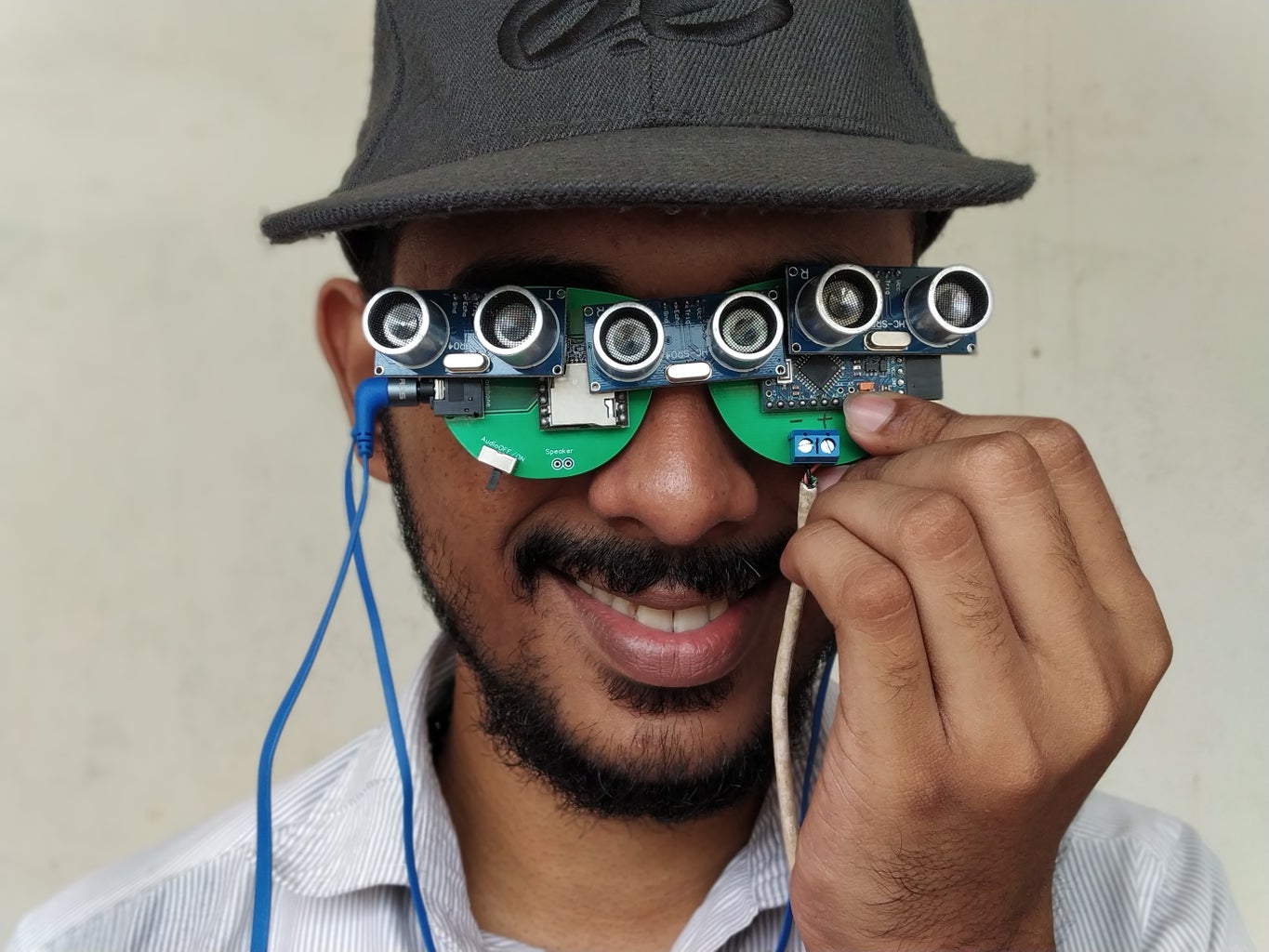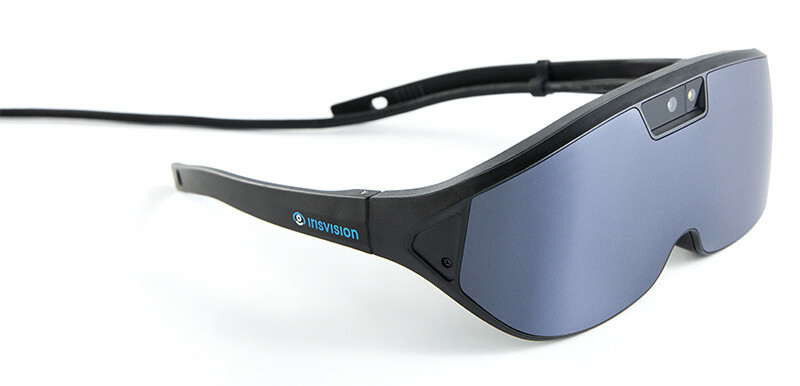Speech-to-Text Devices for Low Vision Users: Enhancing Communication and Productivity
Discover Advanced Assistive Tools for People With Aesthetic Disabilities
The landscape of assistive modern technology for people with aesthetic impairments is evolving swiftly, providing a series of ingenious devices that boost freedom and interaction (Braille displays and notetakers). From wise glasses that flawlessly combine aesthetic input with auditory advice to sophisticated navigating applications that redefine spatial recognition, these tools are reshaping possibilities. Additionally, the most up to date developments in Braille technology and voice-activated systems substantially add to accessibility. The implications of these developments extend far past simple capability; they challenge traditional assumptions of impairment and freedom. What might this imply for the future of inclusion and support?
Smart Glasses Innovations
Smart glasses represent a considerable improvement in assistive modern technology for people with aesthetic impairments. Geared up with sensors and cameras, wise glasses can record real-time aesthetic information, which is then refined and communicated to the individual via audio feedback or haptic feelings.
Moreover, developments in man-made knowledge have actually better enhanced the capabilities of smart glasses. Machine learning algorithms can recognize faces, checked out text, and recognize objects, making them indispensable devices for everyday jobs. Customers can get acoustic cues that give context concerning their setting, promoting self-reliance and confidence.
Furthermore, the ergonomic style and lightweight nature of numerous smart glasses make them suitable for extended use, making sure comfort while boosting capability. As these devices remain to develop, they hold the potential to revolutionize the means people with aesthetic problems experience their every day lives, connecting the space between accessibility and technology. The recurring r & d in this field promise to broaden the opportunities for clever glasses, making them a crucial element of modern-day assistive gadgets.
Navigating Apps and Tools
Various navigating applications and devices have actually arised as essential sources for people with aesthetic problems, considerably improving their ability to pass through unknown settings. These technologies take advantage of general practitioner functionality, audio cues, and real-time data to provide users with exact navigating help.
One famous example is the Aira app, which connects customers to experienced representatives who can supply aesthetic summaries of environments and navigating assistance via an online video feed. This solution boosts the individual's spatial recognition and confidence while navigating. An additional remarkable device is Seeing Eye GPS, which supplies voice-guided navigation and sights, allowing customers to gain access to essential information regarding their environments.

As technology proceeds to advancement, the development of much more advanced navigating tools assures to more empower individuals with aesthetic disabilities, assisting in seamless mobility and assimilation into diverse environments. Such technologies contribute in advertising an extra inclusive culture.
Braille Technology Improvements
In current years, improvements in Braille technology have substantially transformed just how individuals with visual problems access information and engage with the world around them. The advancement of mobile Braille displays has changed analysis by enabling individuals to connect wirelessly to tablets, computers, and smart devices. These tools convert message into Braille in real-time, allowing smooth communication with digital web content.
Additionally, ingenious Braille printers have actually arised, improving the production of tactile materials. Modern embossers are quicker and more efficient, permitting the rapid development of Braille papers and instructional products. This efficiency minimizes the time and expense connected with creating Braille sources, making them extra available to organizations and institutions.
In addition, the combination of Braille with other modern technologies, such as expert system and artificial intelligence, has actually opened up new opportunities for customized understanding experiences. Voice recognition and synthesis modern technologies can complement Braille, offering an inclusive method to details dissemination.
As the straight from the source demand for comprehensive education and work environment environments grows, these technical improvements play an essential role in equipping individuals with aesthetic impairments, ensuring they have equal access to info and opportunities in numerous elements of life.
Wearable Tools for Freedom
A growing range of wearable tools is improving self-reliance for individuals with visual problems, using innovative options that improve navigation and everyday living. Braille displays and notetakers. These devices utilize sophisticated modern technologies to give real-time responses and assistance, advertising freedom in different settings

Wearable innovation also what can you do with an optometry degree includes smartwatches that can be configured with accessibility functions, making it possible for customers to receive notices, track their locations, and even ask for assistance with the touch of a button. Some devices include man-made intelligence to analyze the setting, offering audio descriptions of nearby things or people.
Voice-Activated Assistive Solutions
Leveraging voice-activated assistive options has changed the landscape of assistance for individuals with aesthetic disabilities, giving hands-free interaction and accessibility to a selection of tasks. These modern technologies use all-natural language handling and artificial intelligence to make it possible for users to perform daily tasks via basic voice commands.

In addition, recent innovations in voice recognition accuracy have actually boosted the individual experience significantly, accommodating varied accents and speech patterns. This inclusivity makes sure that more people can benefit from these innovations, promoting a higher sense of freedom.
Verdict
Finally, the growth of innovative assistive devices considerably enhances the self-reliance and quality of life for people with visual problems. Developments such as wise glasses, navigating applications, Braille innovation, wearable devices, and voice-activated remedies jointly foster a more comprehensive setting. These innovations equip individuals to browse their surroundings with self-confidence and engage more completely with the world, inevitably promoting better availability and equivalent chances for individuals facing visual challenges.
The landscape of assistive technology for people with aesthetic disabilities is advancing swiftly, offering a variety of innovative tools that boost autonomy and engagement.Smart glasses represent a considerable development in assistive innovation for individuals with aesthetic problems. As these gadgets proceed to progress, they hold the potential to change the method individuals with visual impairments experience their everyday lives, connecting the space between ease of access and technology.In recent years, innovations in Braille innovation have dramatically changed exactly how people with visual problems gain access to info and involve with the world around them. These technologies empower users to browse their environments with self-confidence and engage even more totally with the world, inevitably promoting better accessibility and equal opportunities for have a peek at these guys individuals dealing with visual obstacles.